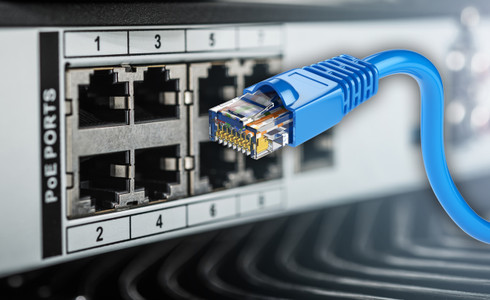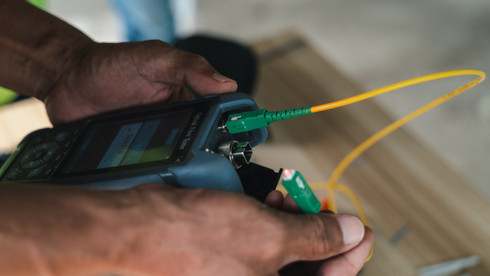Navigating GenAI Connectivity in Backend Networks
Jul 2nd 2025
Understanding GenAI Connectivity in Backend Networks
Hyperscale, cloud, neocloud, and large enterprise data centers are quickly adopting generative artificial intelligence (GenAI) to transform everything from business operations and customer service to scientific discovery and innovation across a wide range of in
…
read more
read more
Best MTP/MPO Cables for Switch-to-Switch Connections
Apr 11th 2025
Data centers contain multiple switch layers to efficiently route data and optimize network performance, scalability, and utilization of resources. Access-layer switches move large volumes of data from servers to aggregation and core layer switches that consolidate and transmit data to and from other data cen
…
read more
read more
Best Cables for Power over Ethernet (PoE)
Mar 28th 2025
Since its 2003 introduction, Power over Ethernet (PoE) technology, which transmits DC power alongside Ethernet data across twisted-pair copper cabling, has experienced widespread adoption. This technology has continually progressed, exponentially increasing its power delivery to accommodate an expanding arra
…
read more
read more
Cat 6 and Cat 6A Cable Installation Guide
Feb 25th 2025
Category 6 and Category 6A cables are the dominant media comprising today’s copper-based networks. These twisted-pair copper cables are deployed primarily for horizontal links in local area networks (LANs) to enable IP-based communication and deliver power over Ethernet (PoE) to networked devices throughout
…
read more
read more
Comparing Fiber Optic Cleaners
Feb 6th 2025
Although fiber optic systems are the foundation that underpins all digital communications and make up the backbone of how the world connects, contamination of fiber optic connector end faces remains a primary cause of network failures.
Dust and oil on a fiber end face can block light signals, causing loss a
…
read more
read more
HDPE Innerduct: Insights for Fiber Optic Applications
Dec 12th 2024
HDPE innerduct plays a pivotal role in protecting and organizing fiber optic cables in underground conduit systems. Innerducts are smaller conduits designed to subdivide larger ones, making cable installations more efficient and organized. High-Density Polyethylene (HDPE) is the material of choice for innerducts d
…
read more
read more
While fiber optic cabling offers superior transmission speed and distance over copper cabling, it’s also surprisingly durable. Despite being made of glass, fiber cables can last much longer than copper cables when installed correctly. However, they require careful handling and specific installation practice
…
read more
read more
How to Find and Repair Breaks in a Fiber Optic Cable
Oct 29th 2024
Fiber optic cable is the primary media for outside plants, campuses, and LAN backbone infrastructure because it can transmit more data farther. It also comprises the majority of data center switch-to-switch and switch-to-server links that transmit high volumes of data at faster speeds. It’s even increasingl
…
read more
read more
How to Test Fiber Optic Cable
Oct 8th 2024
Even if your project specification or customer doesn’t require you to test a newly installed fiber cable plant, you could be putting yourself and your customer at risk if you don’t. Certification testing to industry standards ensures that a cable plant will support your customers’ applications a
…
read more
read more









